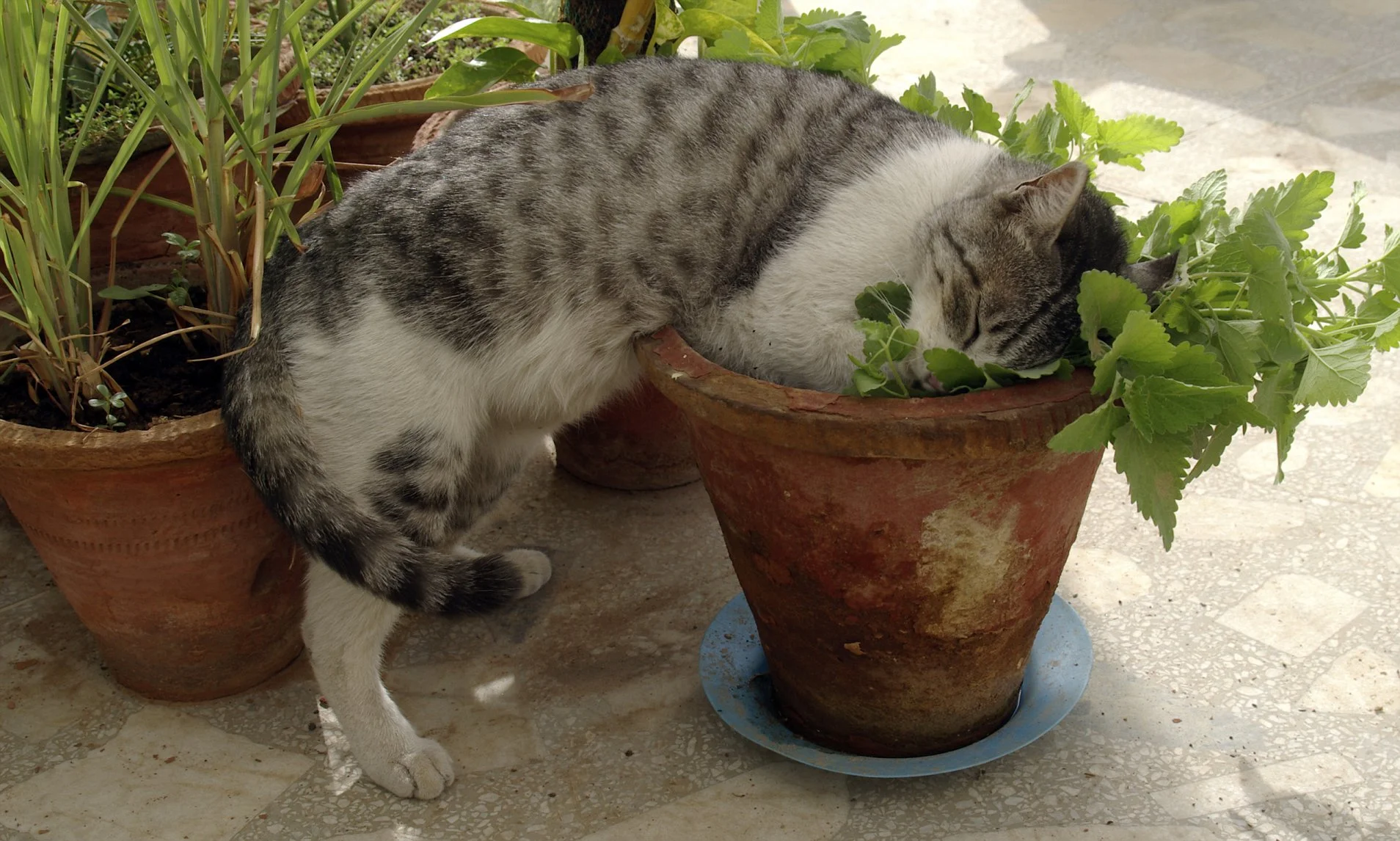In the feline world, catnip has long been a source of curiosity and fascination. This seemingly innocuous plant has the power to send some cats into an ecstatic frenzy, while leaving others completely indifferent. In this comprehensive guide, we delve deep into the science of catnip, exploring its chemistry, the genetic factors that determine a cat’s response, and the potential health benefits and safety concerns surrounding its use.
What is Catnip?
Catnip (Nepeta cataria) is a perennial herb belonging to the mint family. Originating in Europe, Asia, and Africa, this plant now grows in many parts of the world, including North America. Catnip is well-known for its characteristic aroma, which is responsible for attracting and affecting cats in a remarkable way.
How Does Catnip Affect Cats?
When exposed to catnip, cats may exhibit a range of behaviors such as sniffing, licking, and chewing the plant, rubbing their face or body against it, rolling on the ground, and even becoming temporarily aggressive. This response typically lasts for about 10 minutes, after which the cat becomes temporarily immune to the effects of catnips for approximately 30 minutes to a few hours.
Catnip’s Active Ingredient: Nepetalactone
The primary compound responsible for catnip’s effects on felines is nepetalactone, a volatile oil found in the leaves and stems of the plant. Nepetalactone is a terpenoid, which is a large and diverse class of naturally occurring organic chemicals. This compound is thought to mimic feline pheromones, thus stimulating the olfactory receptors in a cat’s nose and triggering the intense reaction.
Why Do Some Cats Respond to Catnip and Others Don’t?
Not all cats react to catnips. In fact, it’s estimated that approximately 30% to 50% of cats have no response at all. This variation in susceptibility is due to genetics. The gene responsible for catnips sensitivity is inherited as an autosomal dominant trait, which means that if either parent carries the gene, their offspring have a higher chance of being sensitive to catnips as well. However, kittens younger than eight weeks old and senior cats may not respond to catnips, regardless of their genetic predisposition.
Health Benefits and Safety of Catnip
Catnip is not only a source of amusement for cats and their owners; it also offers potential health benefits:
- Stress relief: Catnip can help reduce stress and anxiety in cats by providing a temporary distraction and an outlet for pent-up energy.
- Promotes exercise: The stimulating effect of catnips encourages physical activity, which is particularly beneficial for indoor cats that may lack opportunities for regular exercise.
- Dental health: Chewing on catnips can help remove plaque and tartar from a cat’s teeth, promoting overall dental health.
In general, catnip is considered safe for cats. However, excessive consumption may lead to gastrointestinal upset, such as vomiting or diarrhea. It’s important to monitor your cat’s interaction with catnips and to remove it if they start ingesting large amounts.
Alternatives to Catnip
If your cat doesn’t respond to catnip or if you’re looking for alternatives, consider the following options:
- Silver vine: Also known as matatabi, silver vine (Actinidia polygama) is a plant native to Asia that contains two active compounds, actinidine and dihydroactinidiolide, which elicit a similar response to catnip in many cats.
- Valerian root: Valerian (Valeriana officinalis) is a perennial herb with a strong odor that can attract and stimulate cats. Valerian contains the compound actinidine, which is also found in silver vine.
- Tatarian honeysuckle: Tatarian honeysuckle (Lonicera tatarica) is a species of honeysuckle that contains an essential oil similar to nepetalactone. This plant can induce a catnip-like reaction in some cats.
Conclusion
Catnip has captivated feline enthusiasts for centuries with its unique ability to elicit remarkable reactions in cats. By understanding the science behind catnip, from its active ingredient nepetalactone to the genetic factors that determine a cat’s sensitivity, we can better appreciate the complexities of this fascinating plant. Catnip offers potential health benefits, such as stress relief and dental health, making it a valuable tool in promoting your cat’s overall well-being. For those seeking alternatives, silver vine, valerian root, and Tatarian honeysuckle are excellent options to explore.
